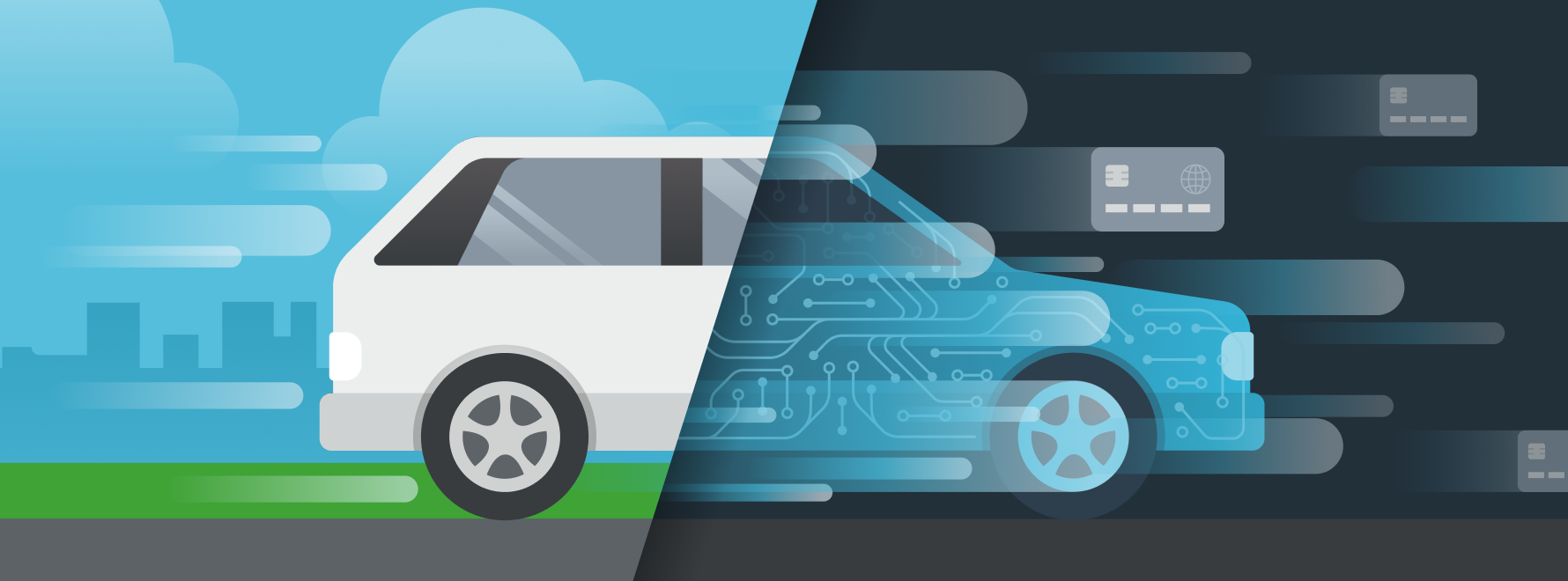-
Benefits of Integrated Automotive Payment Processing for Auto Dealerships
Auto dealerships operate in a fast-paced, competitive environment where efficiency and customer satisfaction are crucial to success. Integrated automotive payment processing solutions have emerged as essential tools that help dealerships manage everything seamlessly, from sales and service to customer payments. Unlike traditional stand-alone methods, these modern systems unify financial processes within any cloud-connected Dealership Management System (DMS), covering sales, inventory, customer data, and billing. Let’s dive into how integrated systems transform payment processing in the automotive industry.
READ MORE -

Revolutionize Your Dealership with Advanced Automotive Payment Processing Solutions
In the fast-paced world of automotive sales, keeping up with customer demands isn't just important—it's essential. Advanced automotive payment processing solutions are becoming critical tools that streamline dealership operations while boosting customer satisfaction, revenue and profitability. By embracing these modern solutions, automotive dealerships can stay ahead of the curve, ensuring they remain competitive in today's digital-first market.
READ MORE -
The Evolution of Payment Processing in the Auto Industry
The automotive industry has seen some significant changes over the years, and one of the most impactful areas is payment processing. As technology advances, dealerships are adopting more streamlined and efficient ways to handle transactions. PayJunction has been at the forefront of this evolution, providing solutions that simplify payments, enhance customer satisfaction, and increase profitability. Let’s look at how payment processing in the auto industry has evolved and where it’s headed next.
READ MORE -
Everything You Need to Know About Automotive Credit Card Processing
Automotive dealerships increasingly embrace digital solutions to keep up with changing consumer expectations. With customers demanding seamless and flexible payment options, having a robust credit card processing system is essential for running a successful automotive business. Let’s explore what automotive credit card processing entails, its benefits, and how it can transform your dealership’s operations and customer experience.
READ MORE -
How to Elevate Your Dealership's Payment Security
In June 2024, a prominent software-as-a-service (SaaS) solution provider for automotive dealerships faced two severe cyber attacks. These incidents disrupted operations for approximately 15,000 car dealerships that rely on the solution for various operations, including sales, customer relationship management (CRM), back office administration, billing, financing, inventory management, service, and support.
READ MORE -
Efficiently Manage Your Multi-Location Dealership
Large, multi-location auto dealerships operate complex business hierarchies, with headquarters overseeing multiple automotive brands, locations, departments, and staffing roles. This operating model presents unique challenges with accepting, managing, and analyzing payment activity. Typically, each location has dedicated merchant services and bank accounts.
READ MORE